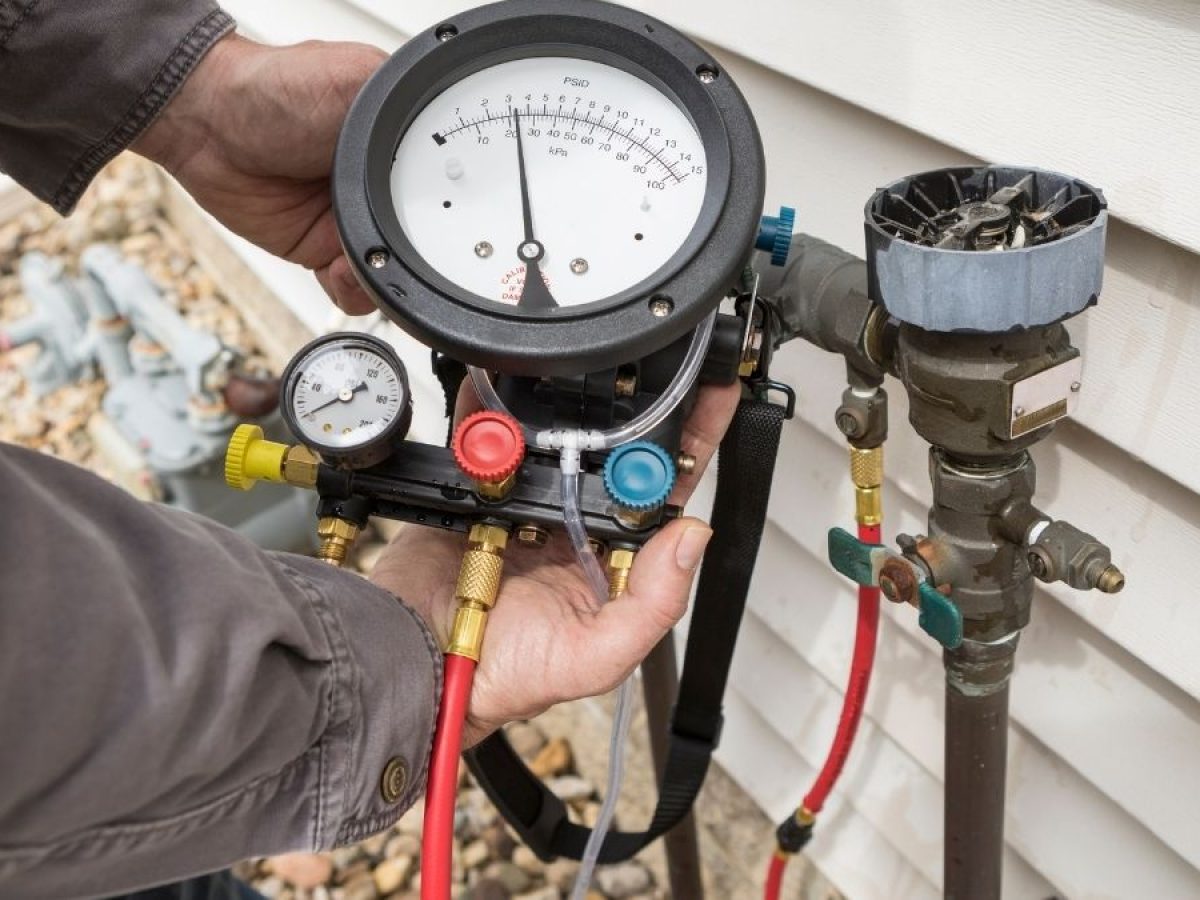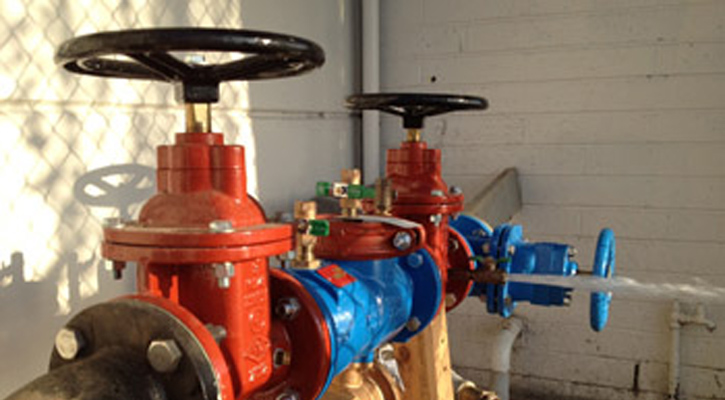Should I Examine for Backflow in My Water?
Should I Examine for Backflow in My Water?
Blog Article
How do you feel when it comes to What is Backflow Testing??

Yes, you need to backflow test your home's water to make certain that the water is free of toxins and also damaging levels of chemicals. You should not try to execute backflow screening on your own since of the tools required as well as space for mistake. We suggest that you call a professional plumber every couple of years to check your water.
Heartburn Can Influence Both You and also Your City
Numerous cities develop heartburn guidelines since hazardous backflow can affect the public water along with a single structure. Contemporary cities have backflow gadgets in place that protect the water supply that comes from many homes as well as commercial residential or commercial properties. The real hazard comes from irrigation systems, which can harm the water system with poisonous fertilizers, manure, and also various other chemicals.
What Triggers Backflow?
A typical cause of backflow is a loss of water stress that causes the water to siphon back into the water supply. After some time, there is a loss in water pressure as well as the tube starts to suck the water back right into the water supply. As you can think of, there are now chemicals from the paint that are entering the water supply, possibly presenting a hazard.
Backflow Screening is Needed by Law in Specific Cities
Relying on where you live, you may in fact be required by law to backflow examination your law. As an example, Iowa City maintains a document of all homes offered by the city's water system. The city calls for that particular "high-hazard" centers undertake heartburn testing. In some cases, houses such as houses and apartment buildings are impacted.
You Can Avoid Backflow
The major purpose of a heartburn tool is to stop water from flowing backwards into your water supply. Plumbing technicians mount the device on the pipes in your house to guarantee that the water only flows in the proper instructions.
What is Backflow?
Basically, backflow is when water moves upwards-- the opposite direction in the plumbing system. This is also called "backpressure." When the water moves in this direction, it can combine with hazardous contaminants and also pose a risk.
Call a Plumber to Examine for Backflow Prior To It is Far too late
A plumbing firm can rapidly examine your house's water to establish if there are any type of hazardous chemical levels. As well as if you do uncover that your water has high degrees of toxic substances, a plumber can conveniently install a backflow avoidance tool.
Yes, you need to backflow examination your home's water supply to guarantee that the water is free of contaminants as well as hazardous degrees of chemicals. Several cities establish heartburn guidelines since hazardous heartburn can impact the public water supply in addition to a single building. A typical reason of heartburn is a loss of water pressure that triggers the water to siphon back right into the water supply. After some time, there is a loss in water stress and also the tube starts to draw the water back into the water supply. The primary objective of a heartburn tool is to prevent water from flowing in reverse into your water supply.
What is Backflow Testing
Backflow, the reversal of the normal flow within a water system, is a plumbing issue that should be addressed. Backflow repair can fix this problem which may result in pollution contamination within your water system. In simpler terms, backflow can result in contaminated water combining with clean water. This will have an effect of on the water that is used in your sinks and bathtubs.
This unwanted contamination is the reason why regular backflow testing is needed. Backflow testing, usually conducted yearly, involves a test port that is built into your device. A professional plumber/backflow technician will then attach a test kit to this port in order to determine if the device is working properly. If your system is outdoors, you do not even need to be present for this testing. Just be sure to leave the necessary backflow paperwork administered to you by your city or health department.
If thebackflow test determines that the device is not operating correctly, repairs must be made. To repair a backflow, the device has to be cleaned. In order to do so, the device has to be disassembled and cleaned out. Once cleaned of any contaminates it is reassembled and reinstalled. In some cases the backflow device may have to be replaced. This is due to the device being beyond repair. Backflow devices only have to be replaced when the device is cracked or has undergone exposure to extreme temperatures resulting in damage. Statistics show that 5% of devices tested will present a problem and have to be either repaired or replaced.
Your home can greatly benefit from backflow testing because it can solve a major plumbing problem. As homeowners, all you have to do is ensure that backflow testing is done annually and if a problem is present, have a professional fix it. No one wants their water system to transmit contaminated water into their home.
https://www.hullplumbinginc.com/blog/2012/december/what-is-backflow-testing/

Do you really like reading about What is Backflow Testing?? Place a remark below. We'd be delighted to find out your thoughts about this piece. In hopes to see you back again soon. Appreciated our entry? Please share it. Help others find it. Thanks so much for your time spent reading it.
Maintenance Sign-Up
Report this page